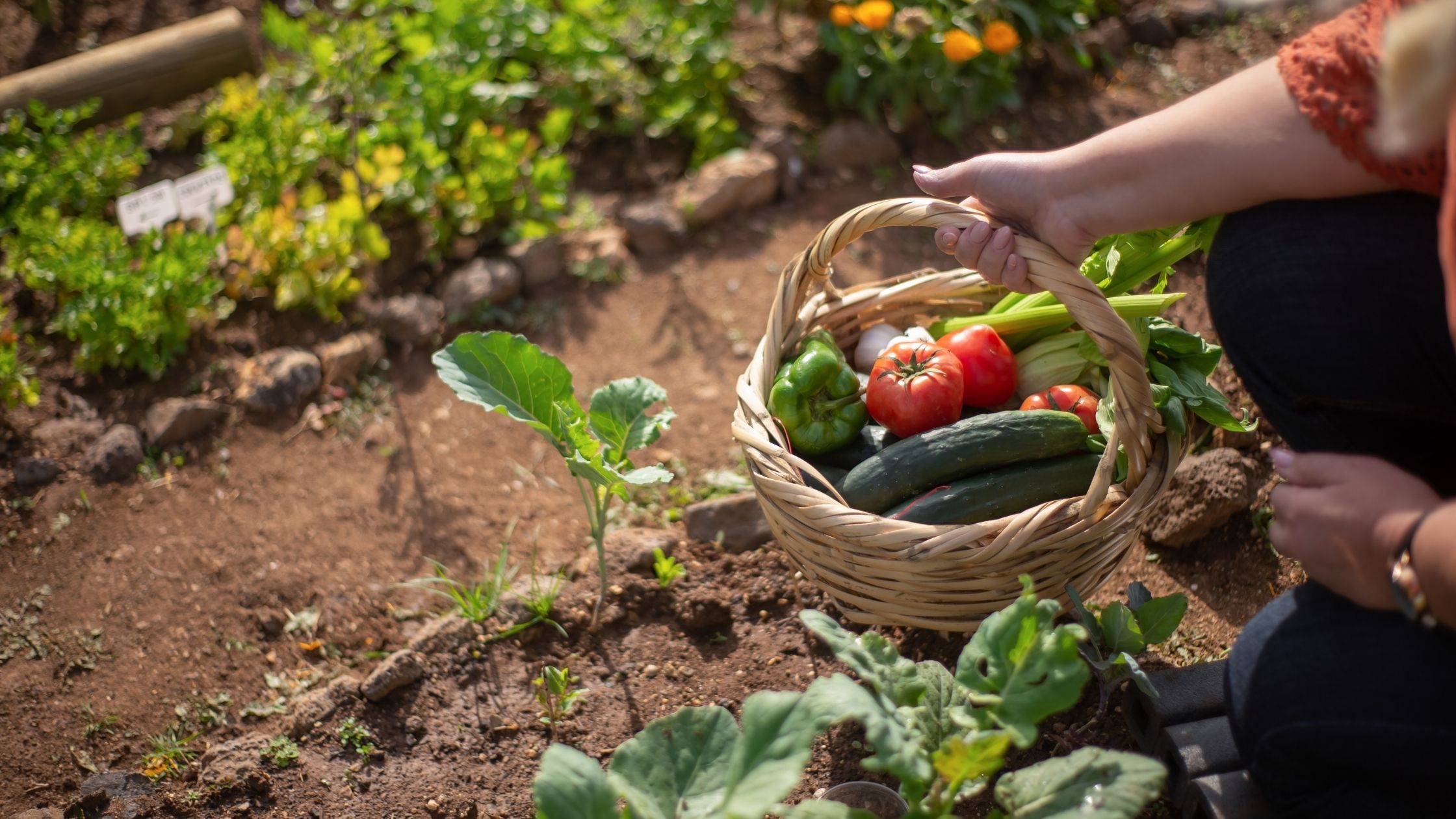There are some vegetables that you will find easy to grow in context to others. There are no set criteria to measure the difficulty level of growing vegetables, but what one person might find difficult to grow, might be easy for another. The reason for this is different situations such as climate, soil, and position of the land, and it can vary immensely in the big country of Australia.
There are certain things as a new gardener that you need to keep in mind before rushing to buy the seeds and baby plants. Here’s a list of 5 easy to grow vegetables for a new gardener.

Soil
For your plants to grow properly, they will need sufficient space for the roots to grow. The condition of your soil is very important in order for the plants to access food & water through roots. There are different types of soils, and if your soil is waterlogged or clayey soil then it is a must for you to add specific products before planting.
The quality of your soil can be improved by adding organic matter. Organic matter is rich in components like nitrogen, phosphorus, potassium, and micronutrients. These components are essential for the veggies to grow.

Positioning
If you want to achieve the maximum yield for your vegetables, you must focus on the positioning. Do not be disheartened if you had already planned something, or you could only find space in a shady spot. There are vegetables that can be grown in the shade, such as leafy green silverbeet.
There are certain plants that need sunlight, so if you can choose a position that provides at least 6 hours of sun a day, vegetables like cucumbers, eggplants, tomatoes, etc, can be grown. It is said that the morning sun is the most beneficial for vegetables
In the scorching heat of summer afternoons, the sun can do more damage to the plants than good. So also keep this thing in your mind when you are planning. This will help you in making the most out of your veggie patch.
Drainage
Proper drainage of your soil is extremely important for plants to grow in a healthy environment. Water clogging can damage the roots of the plants. Plants require water and air up to a limit, beyond that it leads to damage. Having a proper drainage system is an important part of planning because if your soil isn’t workable then a raised garden bed may be a better solution.

Size of the Crop
It is always suggested that the best way is to start with a small-scale setup. You should identify the plants that produce for long periods throughout the season. Plants like tomatoes, eggplants, cucumber, and silverbeet, produce for long periods throughout the season.
Design
To plant out a path there are two basic ways. They are intensive planting and row planting. In Row planting, as the name suggests, plants are positioned in rows, which allows them enough space in between. In row planting, you need to allow access and maintain space between plants in order to tend to your vegetables.
The best way to do it is to stick to the paths, and not compress the soil that is around the plants. Stepping stones are also a good option to try while designing. While you are designing the space Intensive planting can appear more visually appealing. Intensive planting works well in courtyards and small gardens. One thing that you will have to keep in mind is that you allow some room for staggered planting.
Food
You can use liquid fertilizers to enhance the growth of your seedlings, flowers, and the product once your seedlings have started to grow. Achievement of the full potential of your crop will be ensured by this step.

Water
Plenty of water is required for most of the vegetables. Unfortunately, the below-mentioned easy-to-grow groups are not drought tolerant. When the Australian weather reaches its extremities, you will have to water your plants regularly. If you have a water supply located somewhere near your plantations, it will make this easier for you.

1. SALAD LEAVES
Lettuces, mustard greens, mizuna, corn salad (also known as lamb’s lettuce ), and endive are some easy-to-grow plants. They can even easily grow in pots and do not need full sunlight. If you need a plant whose leaves you can pick easily, then choose loose-leaf lettuces, mignonette, butter, oakleaf, or even cos.
You will have to harvest the outer leaves first of the above-mentioned plants. Start with seedlings or seeds. If you want to grow sweet, tender leaves then tender them quickly, with ample water and soluble fertilizer.
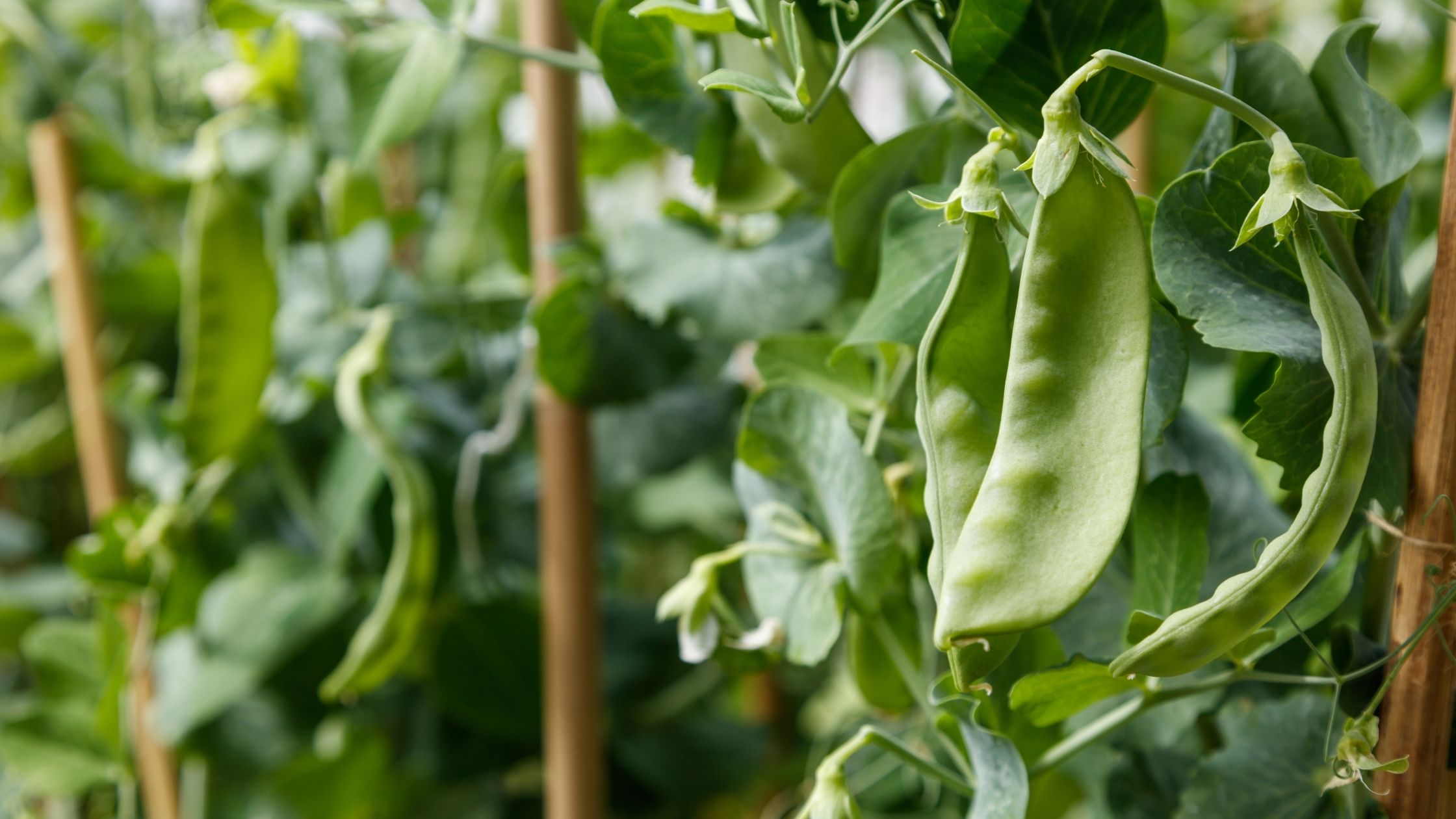
2. SNOW PEAS
Peas grow best from seed and like growing in cooler weather. The seeds are easy to handle as they are large in size. You can eat snow peas straight off the vine. This quality of snow peas makes them great for children.
Snow peas require support to climb up. They are fast-growing and relatively problem-free plants. You can see pink pods in a few days after the pretty white flowers mature within days. Once the snow peas are in the process of production, you will have to harvest them every day or two to keep them coming. The new leaf shoots of these plants are also edible.
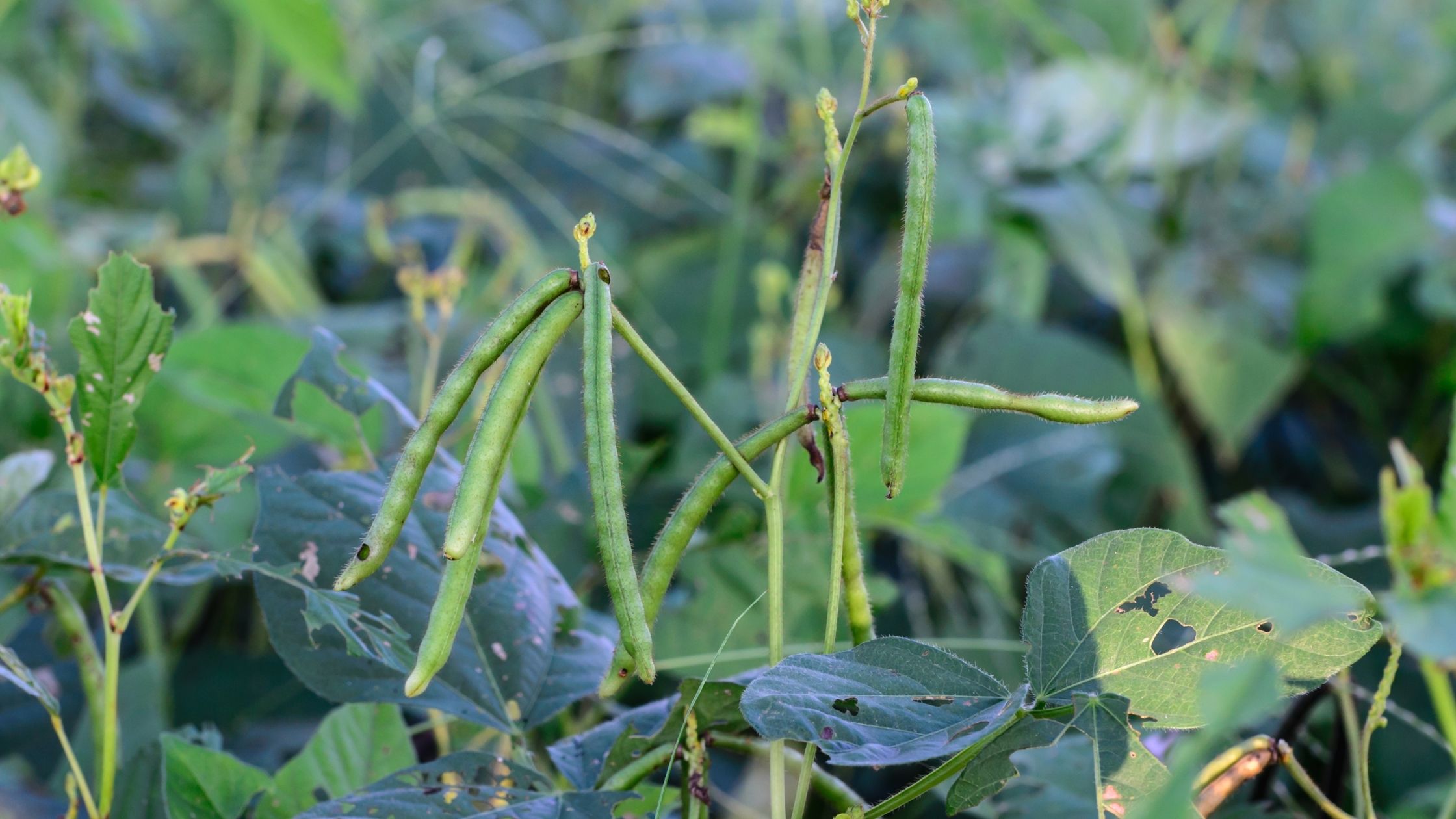
3. BEANS
Beans are best grown by sowing their large seeds, and they thrive in the warmer months. This quality of this plant allows you to sow a second crop a few weeks after the first. French beans produce full-size beans on short plants. They do not climb, and also you can get a head start with these from a punnet of seedlings. You can grow these plants in pots and can get the produce of beans within weeks.
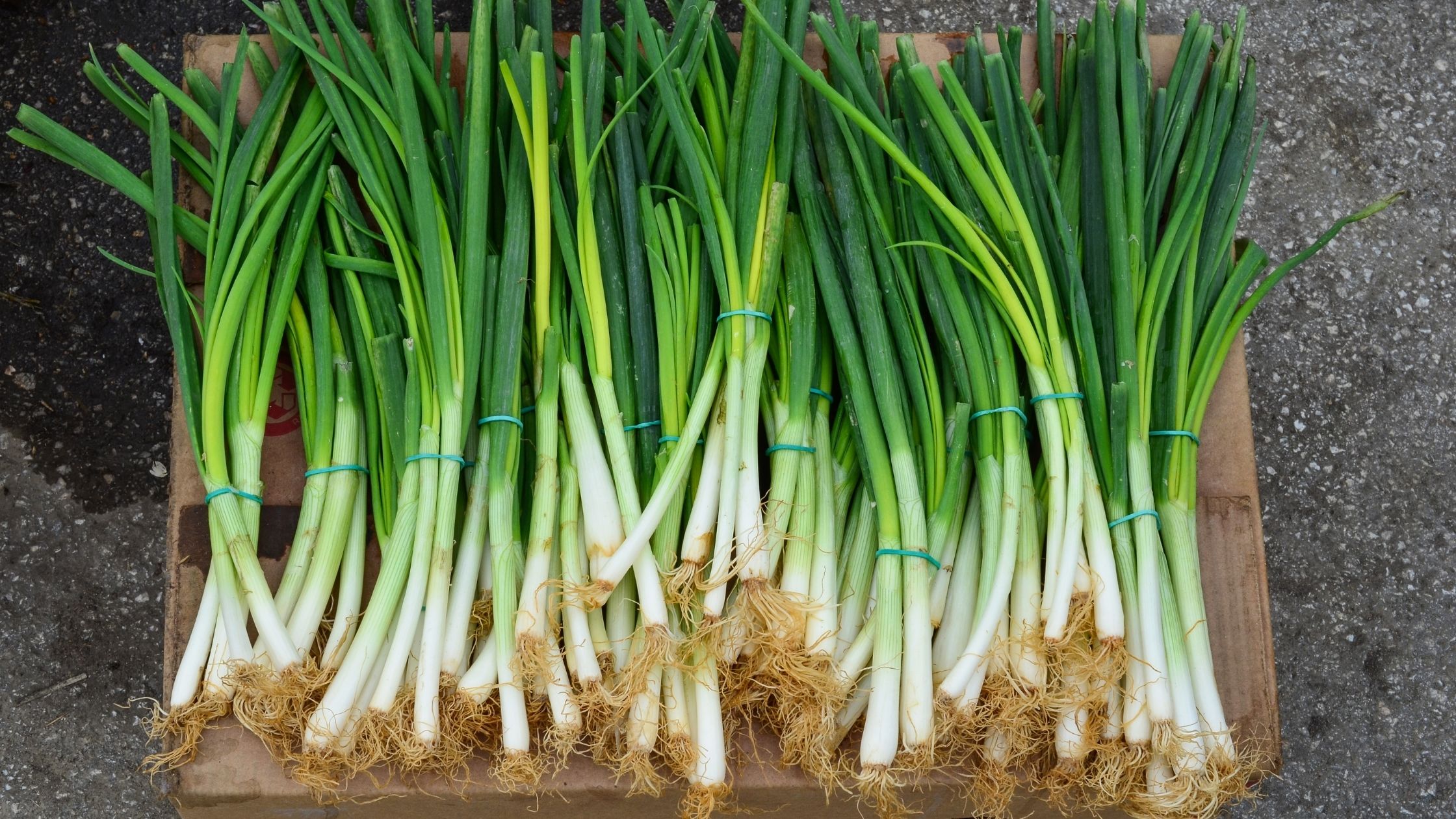
4. SPRING ONIONS
Do not throw out the limp, trim the tops of the leftover spring onions also known as shallots, and plant them so they start growing again. If you do not want to do this, you can buy a punnet and grow your own regular supply of spring onions.
Punnets can have as many as a dozen tiny seedlings. Before you plant them, carefully separate the seedlings and then cautiously lay them sideways in a shallow furrow in the field. After putting them in the furrow, cover the roots with soil and then add water.
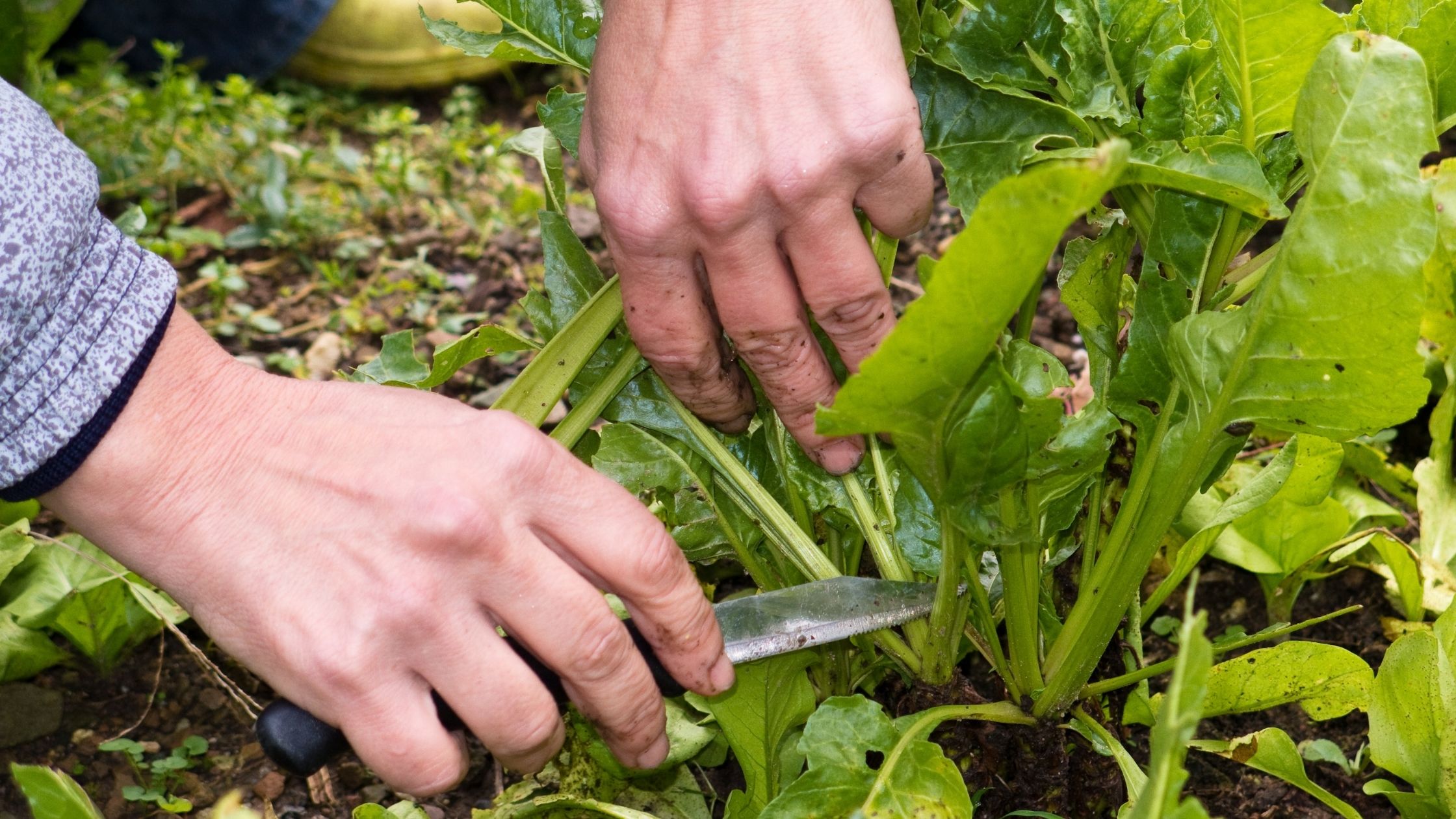
5. SILVERBEET
Silverbeet is a very nutritious and space-saving plant. You can grow silverbeet all year in frost-free climates. In a silverbeet plant the more fertilizer and water you use, the bigger the leaves of the plant will be. When the climatic conditions are hot, give the plants some shade. Always leave four to five leaves on the plant when you harvest. The mature dishes of this plant should be used for dishes that are cooked, and the young leaves for salads

